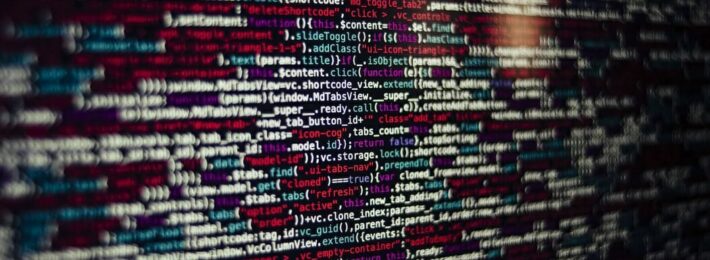
What the blockchain does is get rid of the notion that institutions operate as siloed entities, involving them instead as part of a larger system of data transactions.
An exclusive report for our members
by Alicia Miranda, Senior Research Analyst, Academic Impressions
On average, college students will now attend three or more institutions before receiving a degree. Yet the current system for storing student data is designed and operates on the assumption that students will stay at one place for four years, that they will learn all the qualifications they hope to present as potential future job candidate from that one institution, and that this institution will always be in existence. There are several flaws in that assumption:
- We know that most students attend multiple institutions (often spread out over time).
- Other forms of non-formal learning are sometimes just as crucial in advancing skill sets.
- Unfortunately, some institutions have not been able to adapt to the rapidly changing landscape for higher education—and have ceased to exist.
All three of these circumstances can make it quite difficult for a student to gather their own data when they need it.
The current model of higher education is both resilient and persistent; many of the same structures have endured since the middle ages. But as we move through the digital revolution, existing systems are proving inadequate to meet students’ (and others’) needs. Current data sharing causes friction because of the need of an intermediary (in this case, a higher-ed institution). It can take days to process a student transcript or months to process potential applicants. Also, in a time of limitless data, we often do not know what is the “master copy” of any piece of data, or what data is even accurate. To demonstrate that point, Natalie Smolenski, vice president of business development at Learning Machine, estimates that over half of Ph.D.’s are purchased or falsified. Potential employers also have a hard time verifying graduates’ experiences, whether these be formal learning, non-formal learning, or previous work experiences—in part because of the multiplicity of organizations where this data needs to be checked. Especially as we move to a learning model that is increasingly global and lifelong in nature, the days of having to verify data at just one institution are gone. Storing accurate data and making it easily verifiable has become a real issue.
As “lifelong learning” becomes the norm, we know that the average person will need to reskill or change careers multiple times in the future. The old system of tracking academic records does not allow for that. Many experts see the solution in blockchain technology.
What’s included in this research brief
In this research brief, review:
- What is the blockchain?
- The three domains where the blockchain can make a difference in higher ed (research, curriculum, and commercialization)
- 5 real-world applications for higher-ed
- 9 challenges to address in bringing the blockchain to higher ed
- 3 interviews with leading thinkers at institutions that are doing innovative work with the blockchain (including Central New Mexico Community College, Columbia University, and the University of California-Berkeley)


